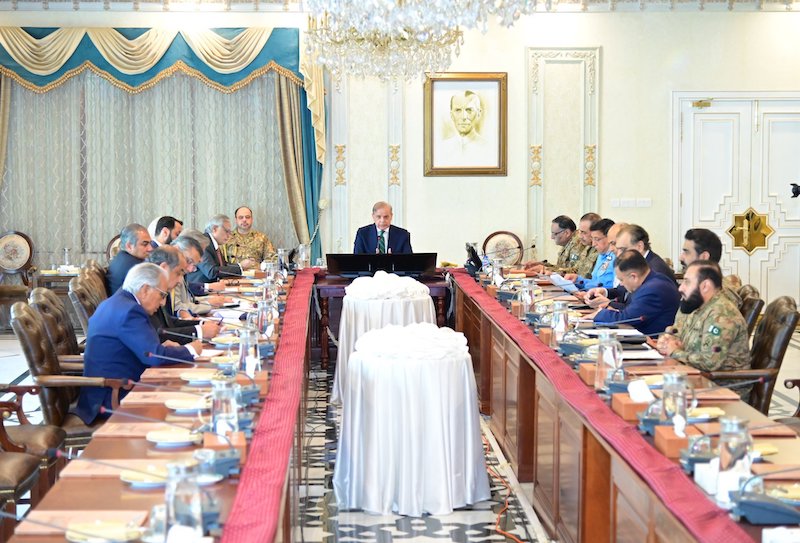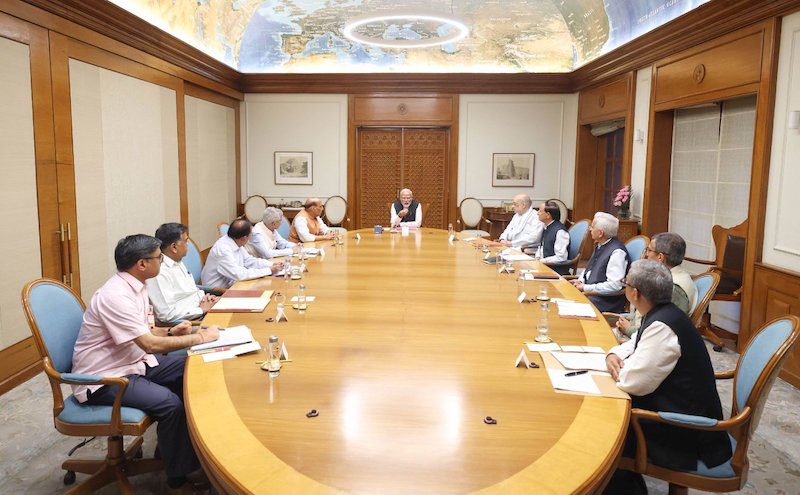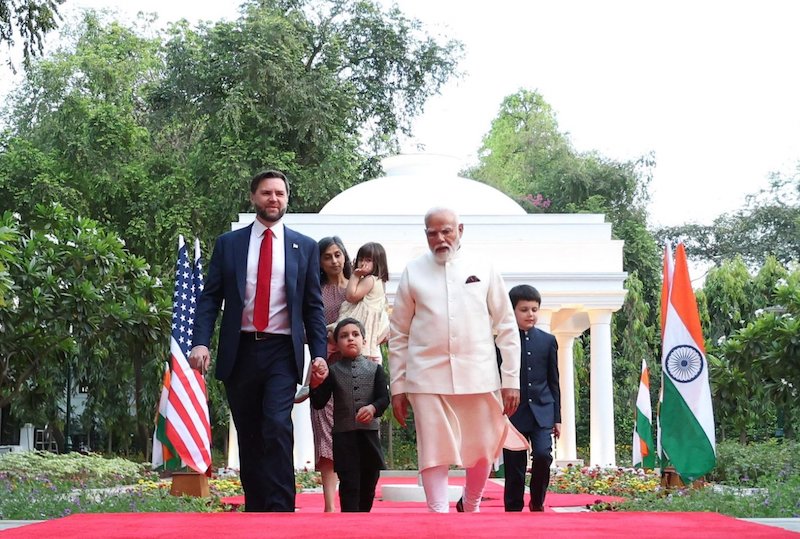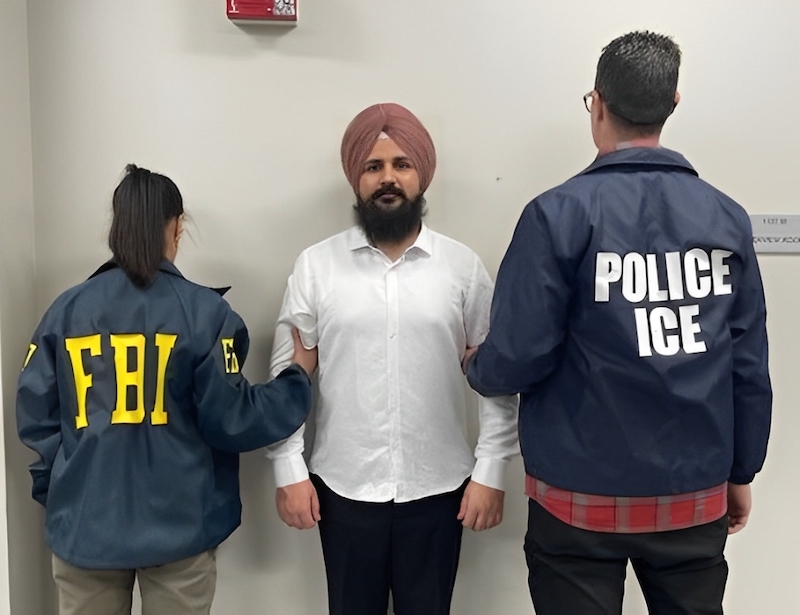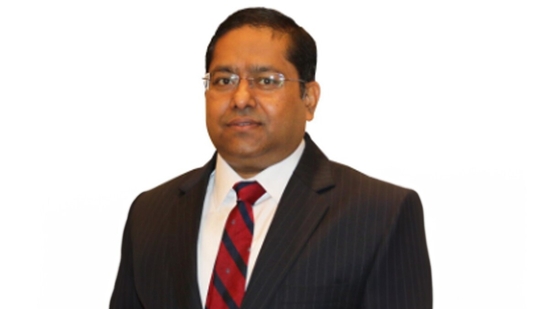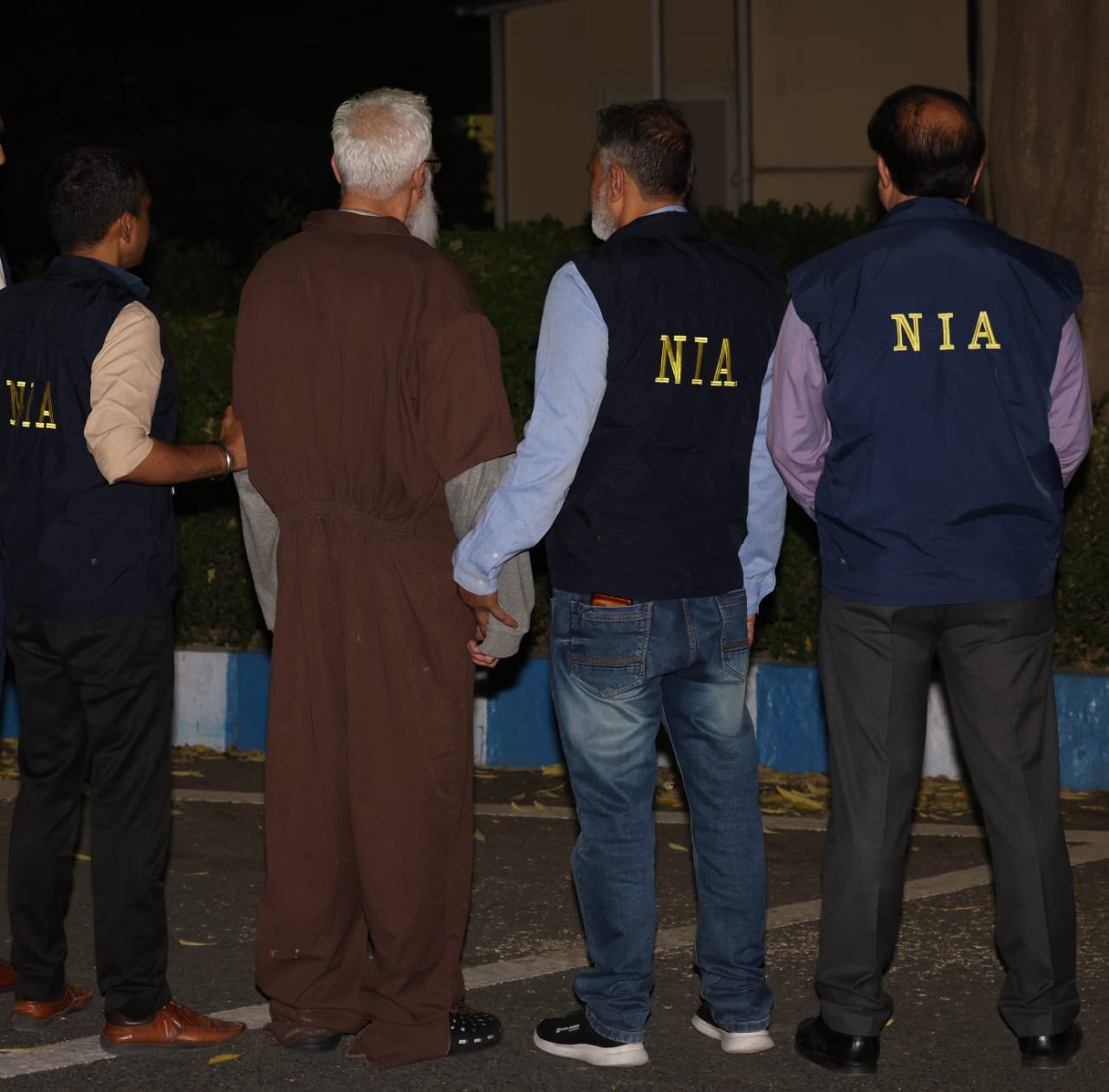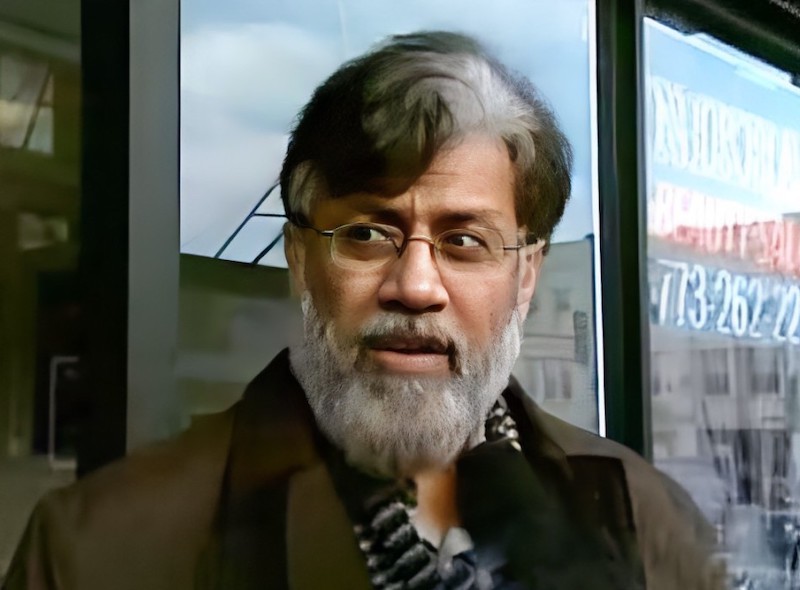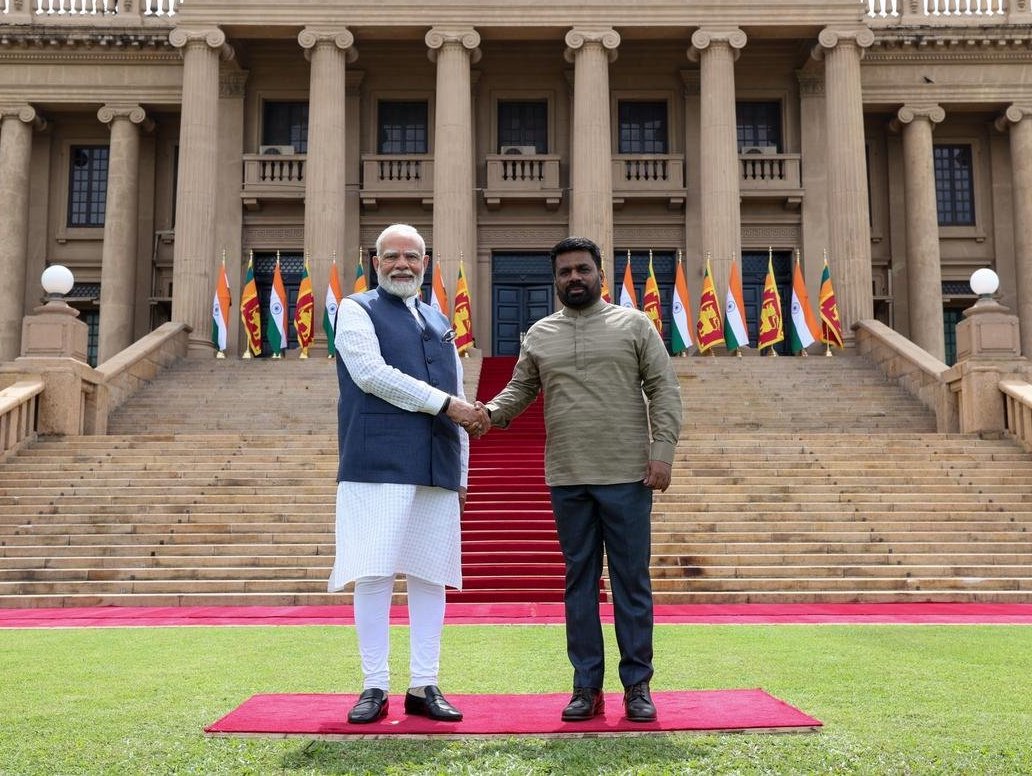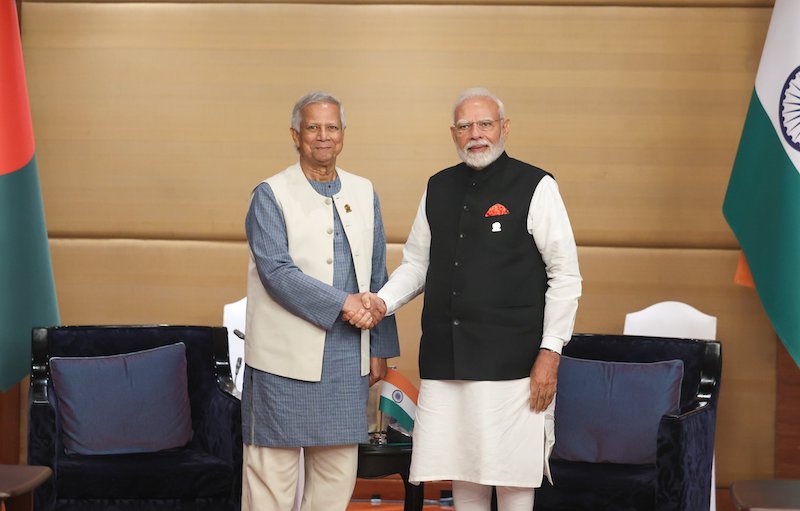
The G20 Summit has started in the national capital, New Delhi, in which India is putting all efforts to make it a grand success under its presidency of the forum. In a bid to make its readers understand the concept, structure and functioning of the G20 easily, let’s take a dive into what the Group of 20 or G20 is.
What is G20? G20 is a group of twenty nations and considered as the premier platform for global economic cooperation. The grouping has been playing a significant role in shaping and strengthening international architecture and governance on all major global economic issues. It came into existence in 1999 in the aftermath of the Asian financial crisis. It was created as a forum for the finance ministers and central bank governors to brainstorm over economic and financial matters. However, the G20 was elevated to the level of heads of state/government after the 2007 global economic and financial crisis. In 2009, the grouping was designated the “premier forum for international economic cooperation”. The summit is held every year with rotational presidency. This year, India holds the presidency. Prior to expanding its agenda to agriculture, anti-corruption, climate change, energy, environment, trade, and sustainable development, the G20 used to be only focused on broad macroeconomic issues. |
Who are the members in the G20? Nineteen developed and developing countries and the European Union are its members. The countries are Argentina, Australia, Brazil, Canada, China, France, Germany, India, Indonesia, Italy, Japan, Mexico, Republic of Korea, Russia, Saudi Arabia, South Africa, Türkiye, the United Kingdom, and the United States. The European Union represents its 27 member countries, which are primarily from continental Europe. Collectively, the G20 countries hold about 85 per cent of the global gross domestic products, more than 75 per cent of the global trade, and about two-thirds of the world population. |
Who are the invitee members in the G20? This year, the G20 invitee members are Bangladesh, Egypt, Mauritius, Netherlands, Nigeria, Oman, Singapore, Spain, and the United Arab Emirates. |
How does the G20 work? It’s the responsibility of the G20 presidency to bring the agenda in consultation with other members and in response to developments in the world economy. It consists of two parallel tracks – the “finance track” and the “sherpa track”. Finance ministers and central bank governors lead the “finance track” while “sherpas” lead the “sherpa track” as the personal emissaries of the heads of state/ government. Within the two tracks, there are thematically oriented working groups in which representatives from the relevant ministries of the members as well as from invited/guest countries and various international organisations participate. The sherpas oversee negotiations and discuss agenda items for the Summit and coordinate the substantive work of the G20. Besides, there are engagement groups which bring together civil societies, parliamentarians, thinktanks, women, youth, labour, businesses, and researchers of the member states. |
The G20 doesn’t have a permanent secretariat. |
The G20 presidency is supported by the “troika” – previous, current, and incoming presidency. Currently, the troika is Indonesia, India, and Brazil, respectively. |
Who was the first chairman of the grouping? Canadian finance minister Paul Martin was chosen as the first chairman and German finance minister Hans Eichel hosted the inaugural meeting. |

